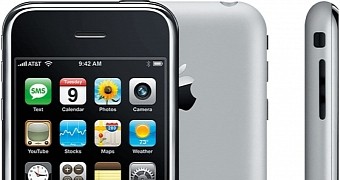The iPhone 8 is projected to launch this fall with a facial recognition system that will either replace Touch ID completely or be offered alongside it, and while many believe that this feature is what forces the company to hold back the device for one more month, here’s some evidence that this might not be the case.
Patents discovered by AI indicate that Apple has been working on facial recognition for at least 3 years, though a series of related patents covering technology or components that would be used on the device date back to 2007. This means Apple started work on the facial recognition system when it launched the original iPhone nearly 10 years ago.
One patent that’s getting the closest to the facial recognition system projected to launch on the iPhone 8 was filed in 2013 and it mentions Tony Fadell as the inventor, though this is an Apple employee who left the company in 2007.
Harder to hack
Surprisingly, however, the patent applications show that the early versions of the facial recognition systems were very similar to what Apple wants to launch on the iPhone 8. The cameras would capture a 2D image of the user’s face along with 3D depth data, with components like a light image sensor, an infrared sensor, and a 3D capture system to be in charge of the full process.
Apple developed the facial recognition system to be harder to hack, so in addition to scanning the face, it would also recognize the eye sockets, the chin, the nose, and the spots on the skin. This should help prevent Apple’s systems from being tricked with a photo, as it happened in the case of the Samsung Galaxy S8 which already features such a tool.
For the time being, however, it’s not yet clear if the technology described in these patents would make their way to the iPhone 8 or if they’d make their way to an iPhone in the first place. The iPhone 8, however, should be unveiled in September, so more info on everything should surface in the meantime.

 14 DAY TRIAL //
14 DAY TRIAL //